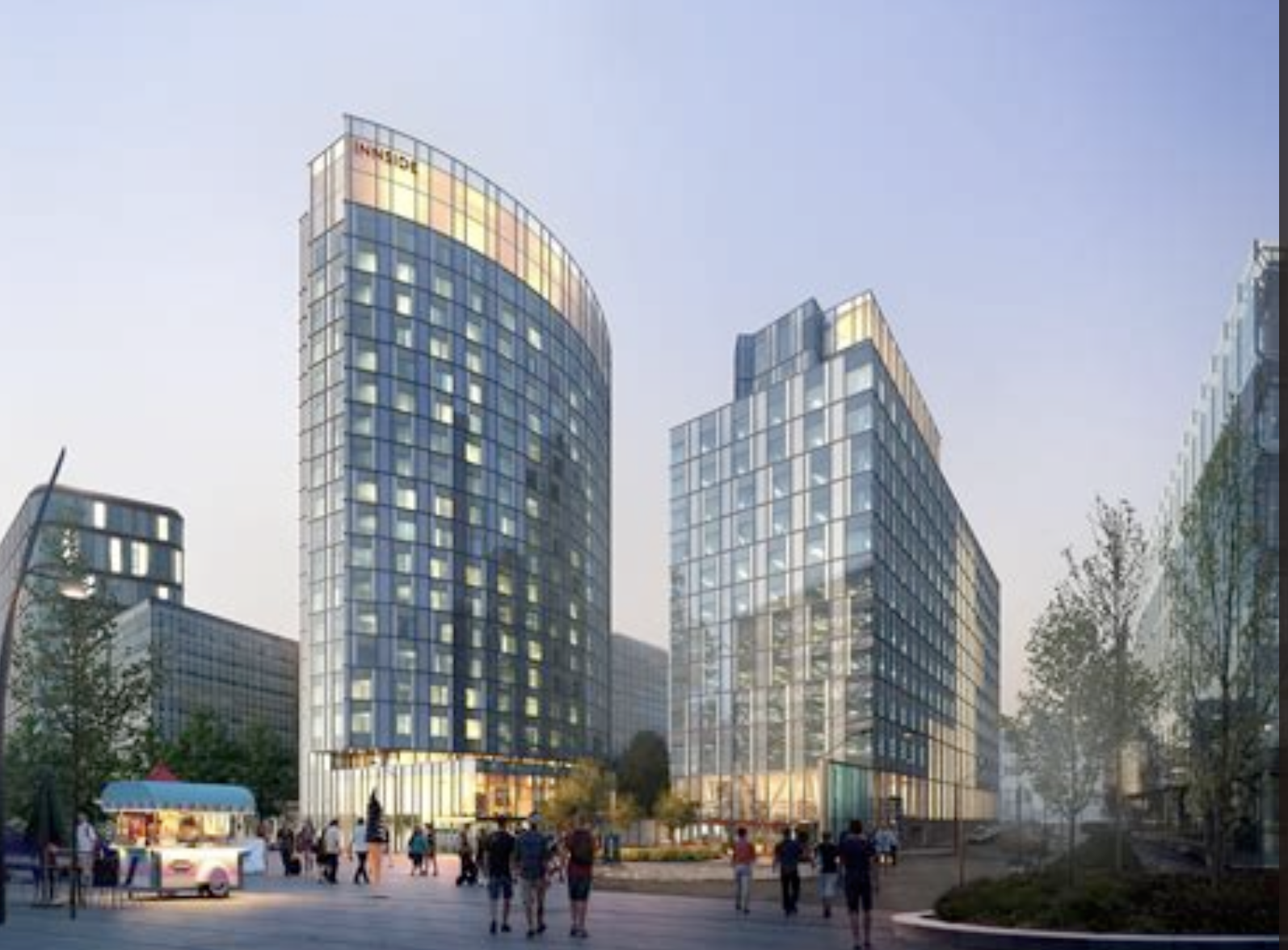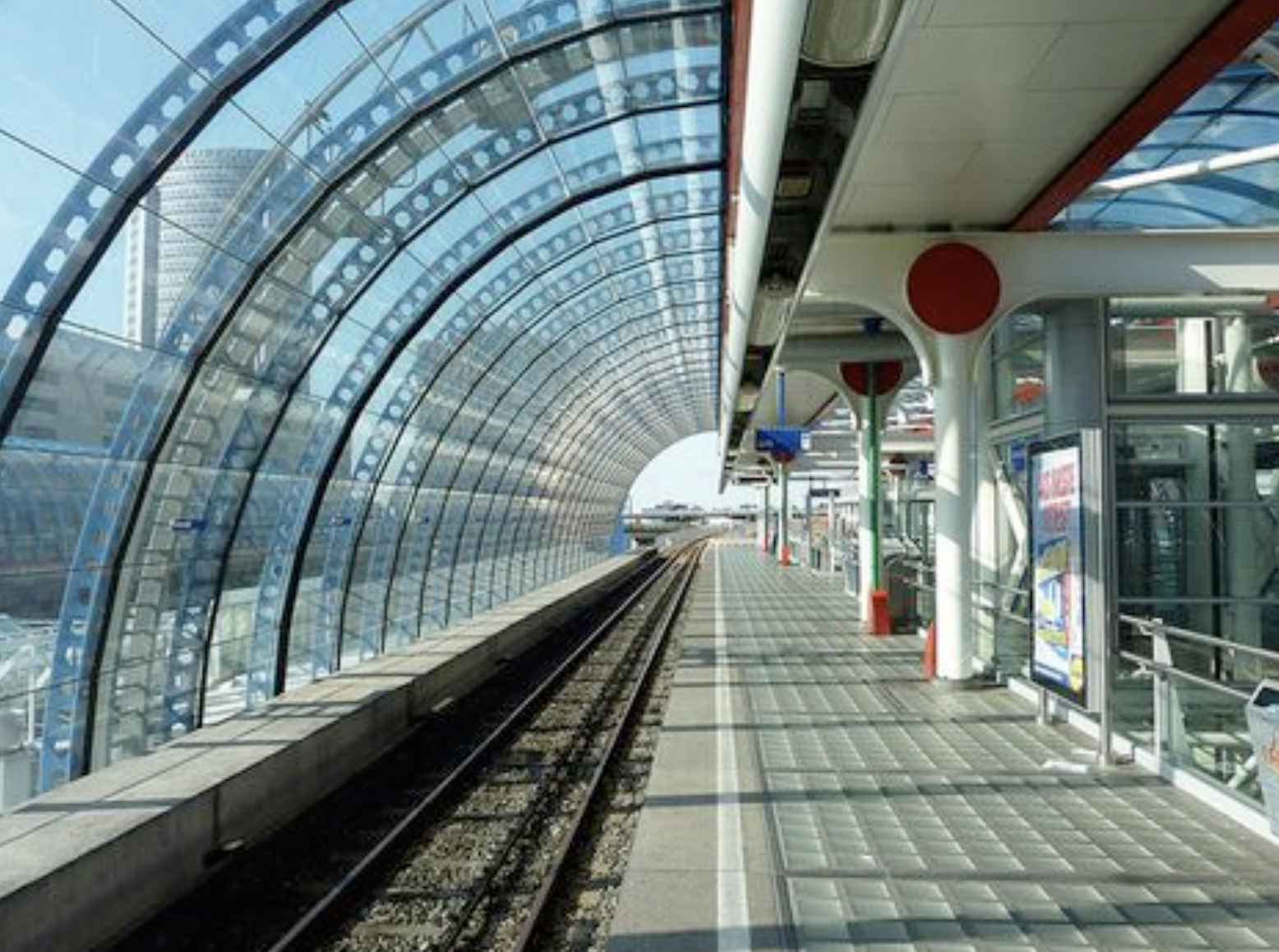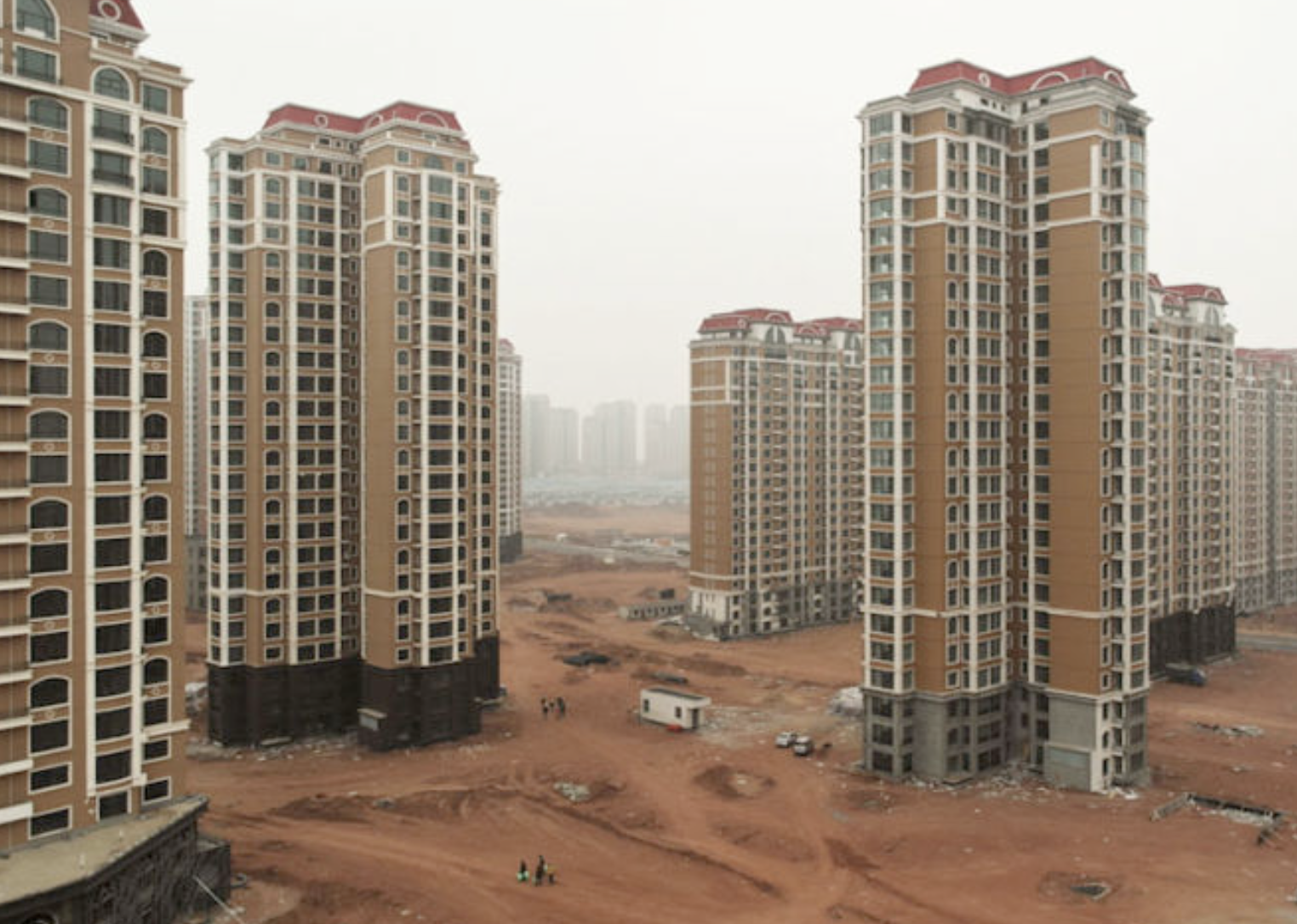Time and Space: practical assignment¶
Introduction¶
In this chapter, we talk at quite some lenght about our personal, felt experience of the places where we dwell: our homes, our schools, our cities, our clubs, etcetera. In our discussion we analyze Heidegger's observation that a man is only in so far as he dwells. We observe that neither time nor space is not an objective given, but that both are dependent on the meaning we attach to them: sitting through a very boring lecture can make the time go extremely slow, while enjoying a good movie appears instanteneous; drive over the highway for an hour and you can't even remember what the world looked like at the beginning, but the house where you grew up in will always form part of your personality.
Most of our modern lifes are performed in specific kind of dwellings. which we call cities. Following the analyse of Richard Sennet, the famous sociologist and philosopher Sygmunt Bauman describes the city as a place where two strangers are likely to meet. This meeting of strangers requires, he states, a certain kind of skill:
Urban living calls for a rather special and quire sophisticated type of skill, a whole family of skills which Sennett listed under the rubric of 'civility', that is the activity which protects people from each other and yet allows them to enjoy each other's company. (Bauman 2000, p. 95).
However, he continues, our modern cities are filled with places that are public but not civil. These public yet uncivil places are places where strangers meet, but in which this meeting is actually unwanted, awkward or at least strange. He divides these kind of places into four categories:
1. The inhospitable public place
These places are public yet emphatically not civil. They are looked at, not looked in. They seem to have neither windows nor entry doors. These are buildings that turn their back on the place, empty, monotonous. People cross the space and disappear. Think about pompous office buildings.

2. The non-interacting public space
These places serve consumers to share consumption without any actual social interaction. Sharing physical space with others adds importance to the action. But interaction between people would add nothing to their pleasure. Think about concert halls, the gym or shopping malls.

3. The no-where public space
Places that discourage the thought of settling in. Temporary residents are likely to vary, but that is irrelevant for the duration of their stay: they follow the same patterns of behavior. Clues are legible to all, devoid of symbolic expression of identity. THings like train stations, airports or motel rooms come to mind.

4. The empty public space
These empty spaces are empty of meaning. They are non-colonised, no designer or manager wants to earmark them for colonisation. They don't exist in the mind. Places like fly-over states, slums or cheap suburbs fit this bill.

A sense of time¶
If you think carefully, all of these four non-spaces have a specific kind of time-perception. You tend to vacate the inhospitible as quickly as possible, while you know exactly how long your training at the gym will take. You need to be at the airport on time, while you don't know about the time perception of the suburbs you never visit.
All this results in the following nice summary:
| name | example | time sense |
|---|---|---|
| The inhospitible | office buildings | vacate quickly |
| The non-interactive | the gym | fixed duration |
| The no-where | airport | be on time |
| The empty | the suburb | no time |
Assignment¶
In this assignment, you are asked to use your specific skill (design, painting, sculpture, music, dancing, ...) to change a specific and concrete non-place into a civil (inviting, meaningful) public space. So you need to come up with a specific concrete non-place, make clear what kind of non-place this is and why, and create a work that will change this particular place into a civil space.
You don't actually need to show the installation (or perform the performance) at the non-space itself; you can do that within the confines of our classroom. However it should be something that we can watch and observe and be brought in such a manner that we can understand how and why this work will change the non-space into a real space.